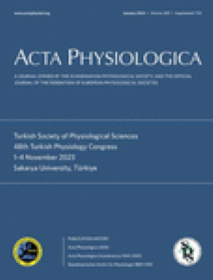Calcineurin Inhibitor Associated Nephrotoxicity in Kidney Transplantation—A Transplant Nephrologist's Perspective
Abstract
Aim
Calcineurin inhibitors (CNIs) have revolutionized transplant medicine, improving allograft survival but posing challenges like calcineurin inhibitor-induced nephrotoxicity (CNT). Acute CNT, often dose-dependent, leads to vasoconstriction and acute kidney injury, with treatment focusing on CNI exposure reduction. Chronic CNT manifests as progressive allograft function decline, with challenges in distinguishing it from nonspecific allograft nephropathy.
Methods
This narrative review provides a concise overview of the clinical management of CNT, covering acute and chronic CNT. We reviewed original articles, landmark papers, and meta-analyses on CNT mitigation strategies, including CNI-sparing approaches.
Results
Preventive measures include co-medications, CNI exposure monitoring, and CNI sparing strategies, such as reducing target trough levels and converting to mTOR inhibitors (mTORi) or belatacept. Despite improvements in graft function, challenges persist in demonstrating significant differences in allograft survival with CNI-sparing regimens. The paradigm shift from chronic CNT as the main cause of chronic allograft nephropathy toward rather immunologic triggered injuries and/or comorbidities as relevant contributors to allograft deterioration over time must be kept in mind.
Conclusion
CNIs have significantly improved kidney transplant outcomes, but their associated nephrotoxicity necessitates mitigation strategies. The decision to implement such regimens is always an individual choice balancing against the risk of immunologic injuries. Further long-term studies are needed to optimize immunosuppressive approaches and refine CNT management.


 求助内容:
求助内容: 应助结果提醒方式:
应助结果提醒方式:


